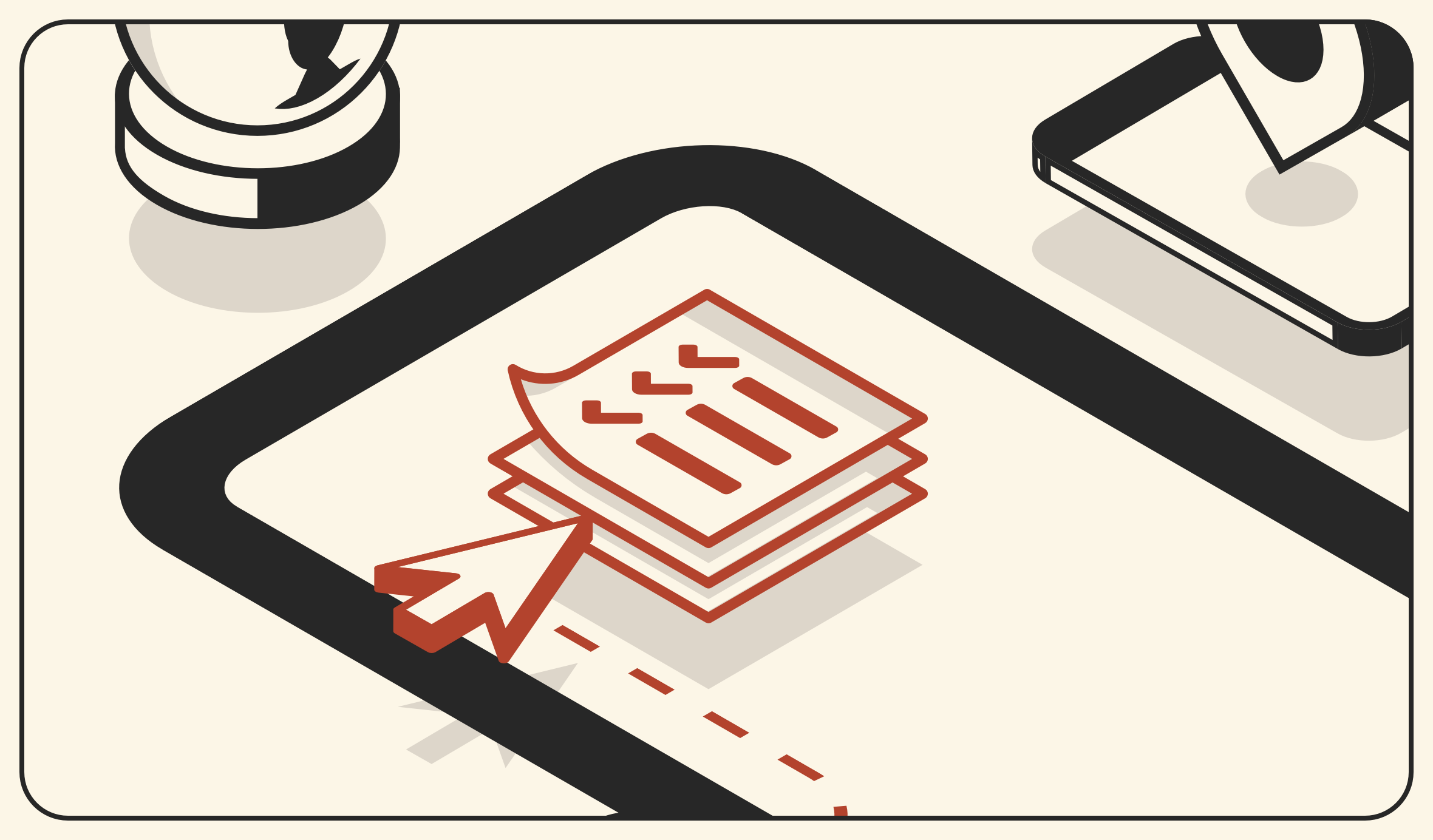How to Boost User Engagement: Prioritize Jobs-To-Be-Done

How do you boost user engagement?
That’s a question we often get from clients. They tell us people aren’t logging in to their app enough or using the fancy new features they built. Users don’t seem to know how to engage with the product or they’re not taking advantage of upgrade options.
Here’s the not-so-secret trick to improving user engagement - give people what they want when they want it.
While that feels like a common-sense goal, we've come across plenty of product teams who have lost their way in a dense fog of competing business priorities and urgent feature requests.
This is Part 1 in our series on the three main principles of user engagement that we use to help clients reach their business and UX goals. Read Part 2.
For an overview of our general approach to the topic, watch my video conversation with our lead product strategist, Alicia Fremling.
Focus on Users’ Top Priority
When the word “priority” came into the English language in the 1400s, it was singular. It referred to the one thing that came first before all others. It wasn’t until 500 years later (the last half of the 1900s, to be exact) that we started talking about “priorities” as a plural concept. Now, everything feels like a priority, which often means that nothing is a priority.
Most users have a maximum of about three key tasks that they consistently want any single product or service to help them accomplish. The problem is, most products and services try to do way more than that. That’s because the product team either hasn’t identified, or they’ve lost sight of, the things that are most important to their users. They've expanded too far beyond the core job that users “hired” the product to do in the first place.
The longer a product is around, the more likely it is to become a hodgepodge of feature requests from all parts of the business. Over time, these added features can water down the core purpose of the product or turn it into a copy of whatever the competition is doing. That can distract from the original goal and prevent you from seeing opportunities for innovation.
Take, for example, the story about how one man changed the Olympic high jump forever. Dick Fosbury, a 21-year-old civil engineering student from Oregon, won a gold medal at the 1968 Mexico City games by thinking outside the box.
Dick was initially trained in the traditional techniques of the time, in which jumpers would go over the bar with a scissor kick, straddle, or sideways roll so they could land on their feet and avoid injury in the sand or sawdust landing pits. But Dick wasn’t very good at these techniques.
So he decided to put his engineering skills to work and focus on what his body naturally wanted to do as he approached the bar. He learned that by jumping backward and arching his back, he could mechanically get over the bar more efficiently and clear greater heights.
The new technique looked weird and people dismissed it as a strange curiosity. But when Dick walked away with the gold medal after setting an Olympic record, the “Fosbury Flop” became all the rage and it’s still the dominant high jump technique to this day. Talk about user engagement!
Find a Fresh Perspective and Innovate
Dick found success by focusing on the core job to be done, blocking out popular opinion, and finding a new and better way. But his approach also relied on one more key factor - changes in the environment. As foam pits and landing mats were introduced, it became practical to experiment with new approaches that made it possible for jumpers to land on their back without injury.
When you look at your product through a Jobs-to-Be-Done lens, you lock in on the core needs of your users that will never go away. That gives you permission to look past status quo techniques or fleeting fads to respond to your current environment and deliver extraordinary results. People will want to use your product or service for one simple reason - it works better than the rest.
Need help figuring out your user’s core needs and jobs to be done? We have proven methods and techniques that will help you discover them. Start a conversation and see how we can help.